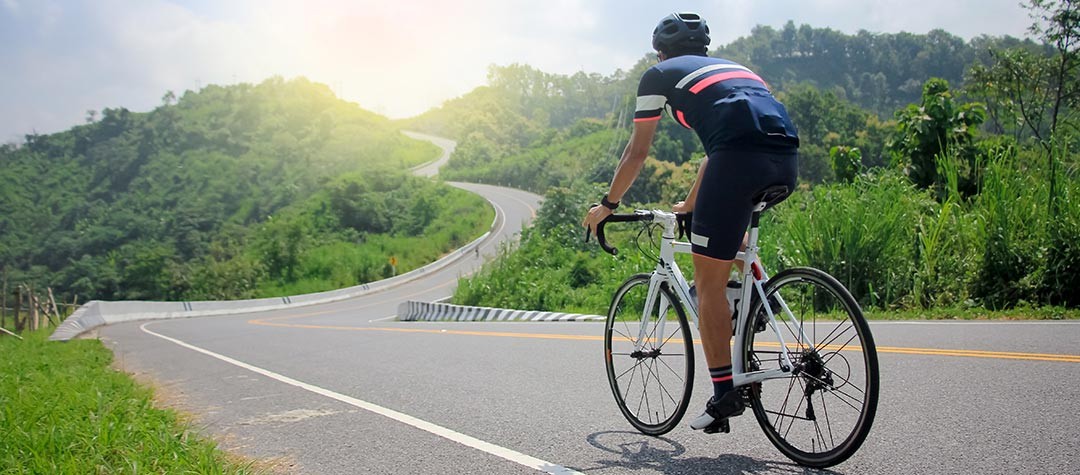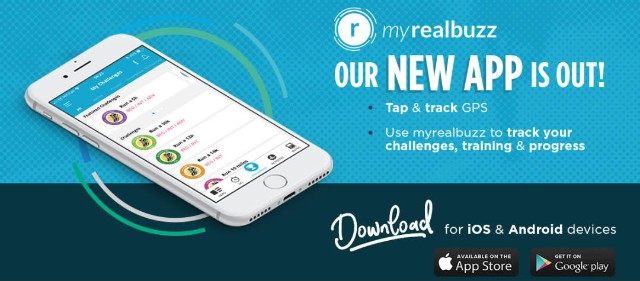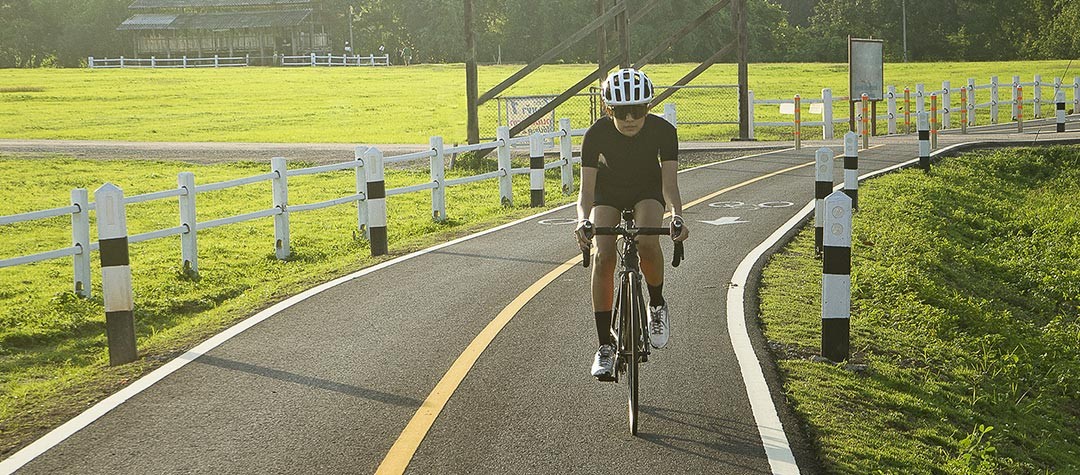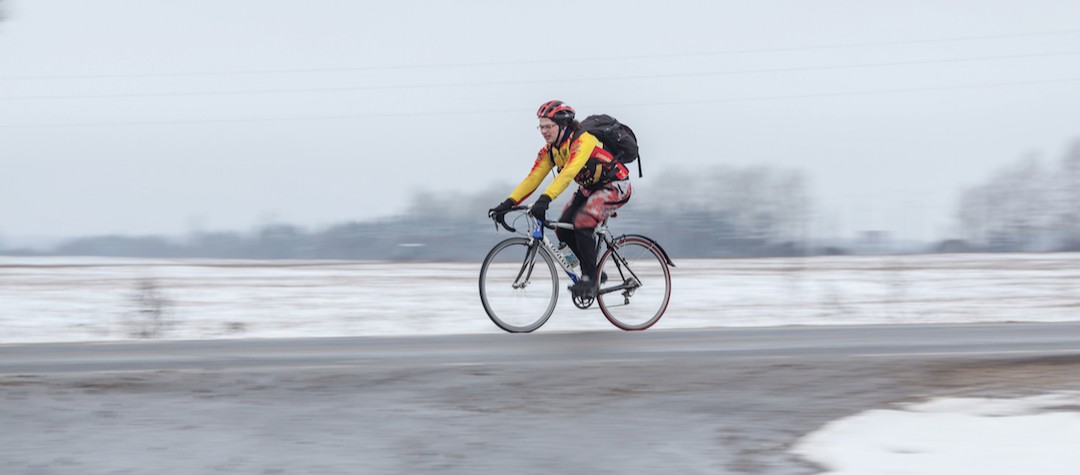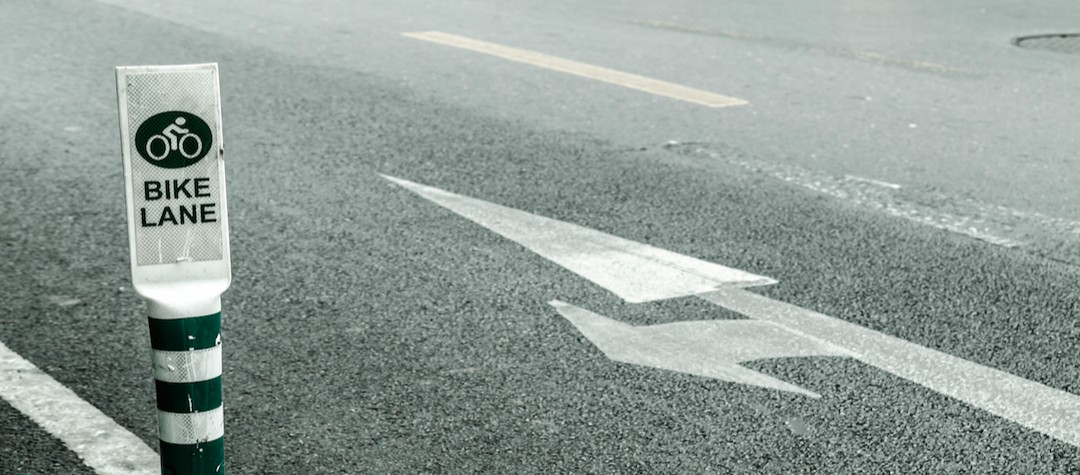Preparing for a training ride provides you with surprisingly quite a lot to think about. Here’s a handy checklist of things to do in readiness for your ride.
A training ride should be approached in a similar way to how you would prepare for an official event, but there are a few other things to consider, especially if your training ride is solo or you are aiming to go a considerable distance.
1. Going solo or with a group?
Are you aiming to do your ride alone or with a group ? If you are going with a group then make sure you know where your meeting point is and make sure you allow enough time to get there. Even allow extra time for the unexpected, such a puncture on the way to the meeting point, so that you don’t hold the group up.
2. Plan your route/navigation
Again very much dependent on whether you are going out alone or with a group, you’ll likely need to have a route prepared. It may be a route prepared in your head, or you may be planning to have a specific route mapped out and then added to whatever ride tracking device you use so that you can get turn by turn navigation should you need it.
3. Bike checks
Always check over your bike before a ride. Make sure the tyres are in good condition and inflated correctly, the wheels properly secured, and that all your mechanicals including brakes are in working order. It is well worth degreasing and lubricating your chain, although this doesn’t necessarily have to be done before every ride, as this will minimise wear and tear and ensure smoother gear changes.
4. Check the weather
Always check the weather conditions both the night before and in the morning of your ride. Difficult conditions could potentially mean switching out your tyres from racing slicks to grippier wet weather tyres, or if you have the option using a different bike, but always be prepared for the worst when conditions could turn in a matter of minutes. Having lights can also help in low light conditions.
5. Basic maintenance tools
Make sure you have packed your seat bag the night before and that it contain all the tools that you might need to perform minor roadside repairs or fix a flat. Carry a spare tube or two and some puncture patches, as you can never know quite how many flats you might get on a ride. Don’t forget your pump or inflator for the tyres, and of course some CO2 canisters if they are your preferred method of inflation.
6. Fuel before you leave
Make sure you are properly fuelled for your ride. You’ll need to make sure your glycogen stores are topped to provide energy for your session. Aside from a good carbohydrate meal the evening before your ride, a good combination of slow-release carbohydrate and some protein, at least two hours before your ride, should provide you with enough energy for at least the first hour of your ride.
7. Fuel before you leave
Depending on the length of your ride and the weather conditions, you need to consider what you are going to take to fuel you during your ride. On a particularly hot day you will want to make sure you have two bottle cages so you can carry, yes you guessed it, two bottles. Also take some drinks tablets or powder so that you can make up more drink should you need it. Don’t neglect to take some energy bars or gels on your ride so you can keep topping up your energy levels at regular intervals.
8. Dress accordingly
Get your kit laid out the day before you ride. Make sure you are prepared for changeable conditions, including everything from a lightweight jacket, sunscreen, wrap-around shades, and even overshoes should you expect particularly wet conditions. It is always worth making sure that you check your shoe cleats are properly tightened as they can work loose over time.
9. Charge and switch on your navigation
If you are relying on a Garmin or other tracking device to help you navigate and record your ride then make sure you have fully charged the device. Be sure to start it at the beginning of your ride - you’ll be amazed how many can ruin a good ride by forgetting to start theirs and then worrying about all those hard kms going unrecorded.
10. Take a mobile phone
In case of emergency, ideally take a mobile phone with you. It may double as your navigational device if you have downloaded a suitable app to it, but really its main use is to provide you with access to help should you get into any difficulties on a ride, especially if you are cycling solo. Put your phone in a plastic food bag to prevent it being damaged by sweat or rain.
11. Emergency cash/card
Likewise, having some cash or cash card with you can cover you in the event of problems. Think about how you might get home should you suffer a catastrophic bike failure and you’re 100km from home. Having access to money could cover the cost of emergency repairs or provide you with a ticket home. At the very least it will allow you to make a very welcome coffee stop on your ride.
12. Go to the toilet
It’s easy to forget about this and then get half an hour into your ride and then find you need to answer a call of nature. It happens to us all. Some riders will be frequently having to stop mid-ride while others are seemingly able to ride all day without having to make a toilet visit. By getting the serious business out the way before you start your ride can put you at ease and prevent the need for a sometimes embarrassing toilet stop in a field!
13. Warm up
You shouldn’t expect your body to be ok with you hopping onto a bike and suddenly haring off like a King of the Mountains. Before you ride, a short warm up consisting of a few mobility exercises should get the blood moving and warm up the muscles. It is recommended not to perform static stretches as these can in some cases hinder performance.

